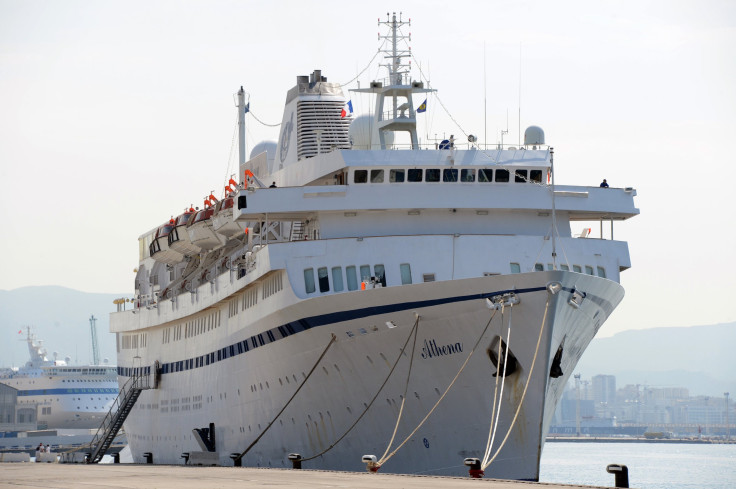Cruise Ship News: Scientists Develop Smartphone-Based Norovirus Detector For Cruise Vacations
Norovirus-the scary virus causing outbreaks on cruise ships can now be detected even in small traces for taking preventive steps.
The pathogen is a nightmare to cruise ship travelers who spend heavily on costly cruise deals. The virus causes severe diarrhea, vomiting, and stomach pain and can spoil a cruise vacation.
Norovirus is named after an outbreak in Norwalk, Ohio, in the late 1960s. The symptoms include nausea, vomiting, and abdominal cramps, low fever and headache.
According to cruise news, researchers have developed a sensitive, portable device capable of detecting even a handful of norovirus particles in water.
The results are going to be presented at the American Chemical Society (ACS) Fall 2019 National Meeting & Exposition.
According to Jeong-Yeol Yoon, the team leader of researchers, even a small number of norovirus particles can cause infection in humans. That is why a really sensitive detection method is very important.
So far, detecting small amounts of norovirus in water or food samples has been a hard, complex and time-consuming process.
Detection of norovirus via fluorescence method
Making a start, Yoon and his colleagues at the University of Arizona developed a smartphone-based device that could detect low levels of norovirus that measured the light scattered from virus-bound polystyrene beads in a paper microfluidic chip.
Making further innovations on it, bowing to demands for a faster and reliable method, they developed a fluorescence method instead of light scattering to detect the norovirus.
The scientists converted an ordinary smartphone into a fluorescence microscope after attaching a commercially available microscope accessory.
To the paper microfluidic chip, they added a water sample containing norovirus. Thereafter, the researchers added a suspension of fluorescent beads with antibodies where the ant-bodies have fastened the norovirus.
The paper’s capillary action made the two liquids to flow and mix.
Each norovirus particle attached to multiple fluorescent beads via antibodies caused aggregation of the beads and expanded the size of the fluorescent image.
The photos of the chip with the fluorescence microscope and an app helped them calculate norovirus concentrations based on the pixel count of the images.
“The lowest detection limit corresponded to about 5 or 6 norovirus particles per sample, so it's very close to the single-virus level,” Yoon noted.
Making more improvements, Yoon and colleagues made the system more compact by enclosing the fluorescent microscope, light source and optical filters in a 3-D-printed case.

The also worked to increase the samples’ concentration within the paper chip to analyze larger sample volumes.
Basis steps to prevent stomach ailments during cruise vacations
Norovirus may be a highly contagious virus but is not limited to cruise ships.
Norovirus will inhabit wherever people density is high in a small area including nursing homes, restaurants, hotels, dormitories, and cruise ships.
The basic method of prevention is—washing hands with hot water and soap. after eating and smoking, using the restroom and whenever the hands are looking dirty.
Cruise ship travelers are advised taking extra soap and supply of Lysol and a bottle of Pepto-Bismol for more protection.
© Copyright IBTimes 2024. All rights reserved.











